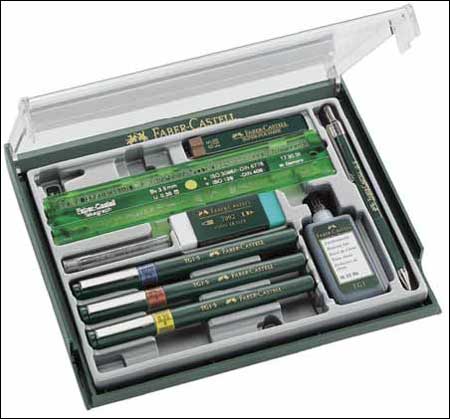However, here are some things that I have learnt.
- Try not to smudge your drawings too much. The more you smudge your drawings, the less clear the drawings. That is where good dust-free erasers for pencil sketches and high quality ink erasers are invaluable. Also, when using ink pens, allow the ink on the paper to dry. Often this leads to mistakes that mess up the sketch.
- Make sure that you use the appropriate type of pencil or pen to create the sketch. Using the wrong pen or pencil can make your drawing illegible. Make sure the nibs are clean and pencils sharpened appropriately before use. This prevents costly mistakes that force you to redo the sketch.
- When creating pencil sketches, hold the pencil properly. What this means is that only the lead of the pencil should be in contact with the paper. If your hand or fingers rub against the paper continuously, your sketches will have a lot of smudge marks.
- If you have to create straight lines, draw the line gradually in small parts. This way you can correct any mistakes quickly.
- Be careful about the type of paper you choose to make a sketch. If you are learning the art of sketching, choose a paper that allows you to erase easily. Do not choose hand-made paper or other paper on which editing is difficult.
- Most importantly, do not sketch in haste. Take your time to draw. The more effort you put into creating a good sketch, the better it will turn out.
The above sketch is a good example of what not to do. The sketch above was one of my first efforts of creating a large sketch. I committed all the errors mentioned above. This resulted in the drawing being smudged and unclear.














